Military projects often come with hefty price tags and high expectations. However, not all of them reach completion. In this article, we delve into 13 expensive military projects that were ultimately abandoned. From ambitious weapon systems to advanced aircraft, these projects consumed billions of dollars before being scrapped. Discover the stories behind these costly ventures and why they were left behind.
Contents
Boeing YAL-1 Airborne Laser

The Boeing YAL-1 Airborne Laser was designed to use a high-energy laser mounted on a modified Boeing 747 to shoot down ballistic missiles. Despite the promising technology, the project was canceled due to insurmountable technical challenges and skyrocketing costs that reached into the billions. The high operational and maintenance costs, combined with shifting defense priorities, led to its eventual abandonment.
Future Combat Systems (FCS)

The Future Combat Systems (FCS) program was a U.S. Army initiative aimed at creating a networked force of manned and unmanned vehicles and advanced technologies. This ambitious project was abandoned after significant investment because of escalating costs and the realization that the envisioned technologies were not feasible within the set timelines. The program’s complexity and changing military needs ultimately led to its cancellation.
Nimrod AEW3

The Nimrod AEW3 was a British project to develop an advanced airborne early warning aircraft. Plagued by extensive delays and cost overruns, the project was ultimately abandoned in favor of the more reliable and cost-effective American E-3 Sentry. The Nimrod AEW3’s technical issues and budgetary constraints made it an impractical investment.
B-70 Valkyrie Bomber
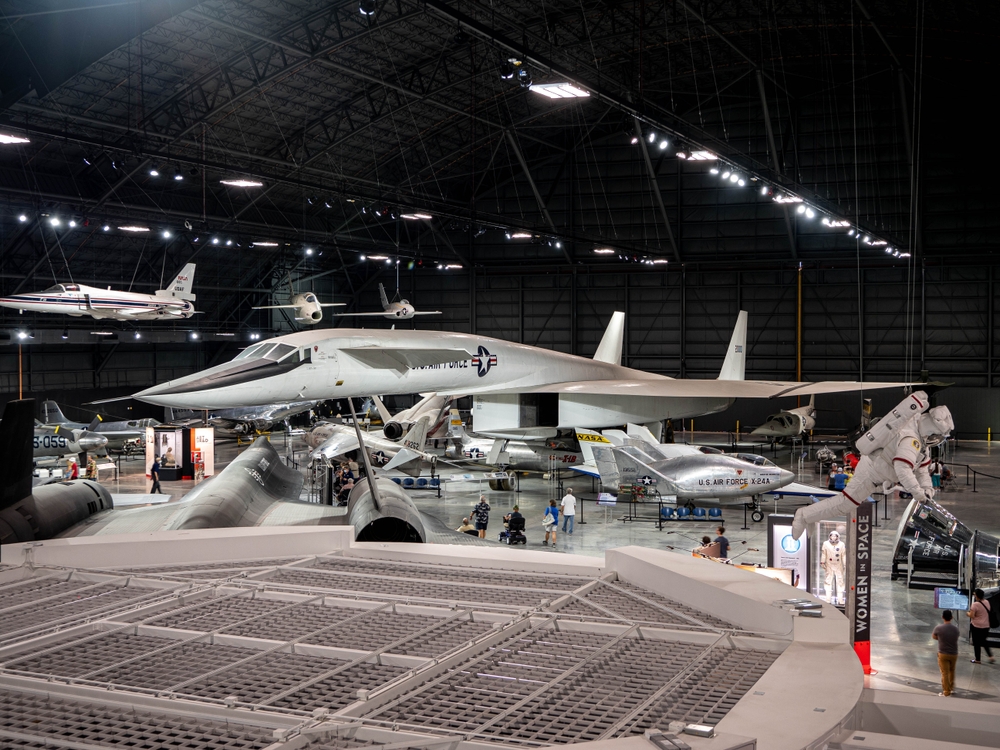
Developed during the Cold War, the B-70 Valkyrie Bomber was designed as a high-speed, high-altitude strategic bomber. Despite its advanced capabilities, the project was canceled due to advancements in missile technology that rendered it vulnerable, along with escalating costs. The B-70’s sophisticated design and performance specifications were impressive but ultimately impractical.
XM2001 Crusader
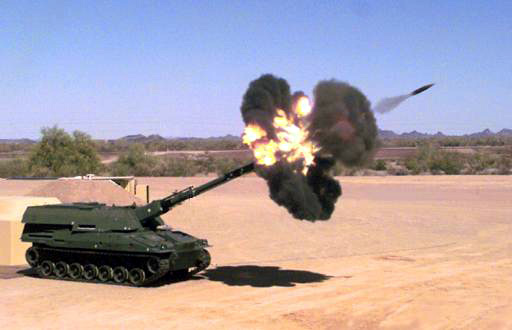
The XM2001 Crusader was an advanced self-propelled howitzer intended to replace the U.S. Army’s existing artillery. Despite significant investment, the project was scrapped because it was deemed too heavy and costly for modern warfare needs. The Crusader’s complex design and logistical challenges contributed to its cancellation.
Soviet Union’s Typhoon-Class Submarine
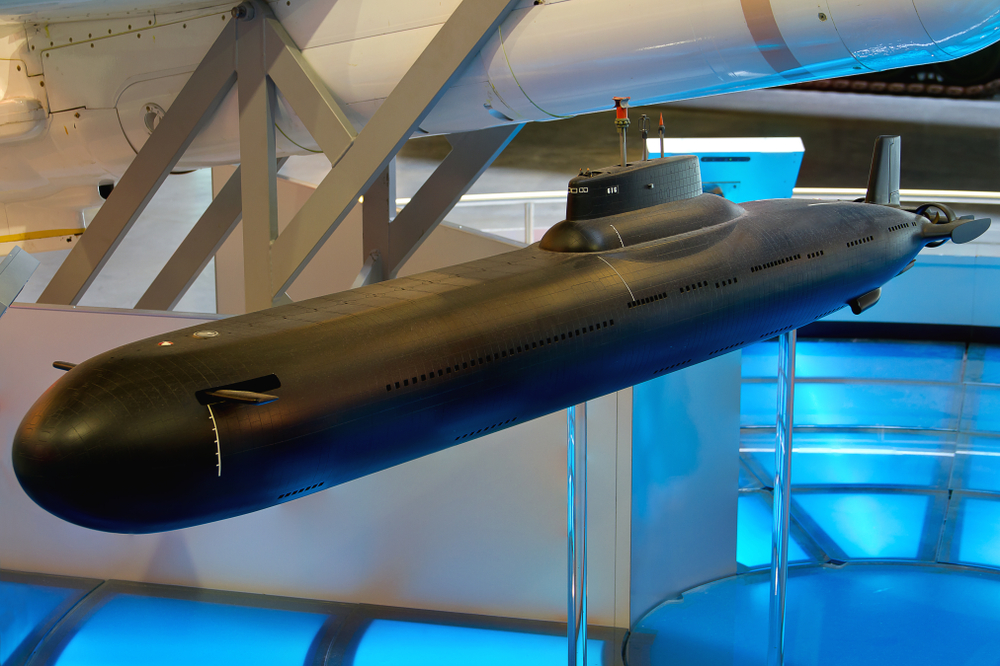
The Typhoon-Class Submarine was a formidable component of the Soviet Union’s naval strategy. Although some units were built, several planned submarines were never completed due to the dissolution of the Soviet Union and subsequent funding issues. The high costs and changing political landscape led to the abandonment of further development.
RAH-66 Comanche
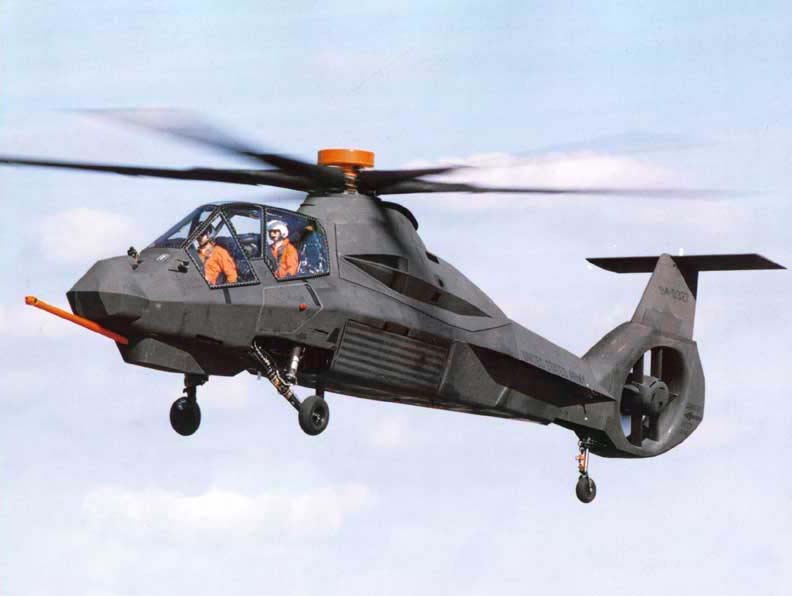
The RAH-66 Comanche was a stealth reconnaissance and attack helicopter developed by the U.S. Army. Despite billions in development costs, the project was canceled due to shifting priorities towards unmanned systems and budget constraints. The Comanche’s advanced technology and stealth capabilities were overshadowed by its high costs.
The Sea Shadow
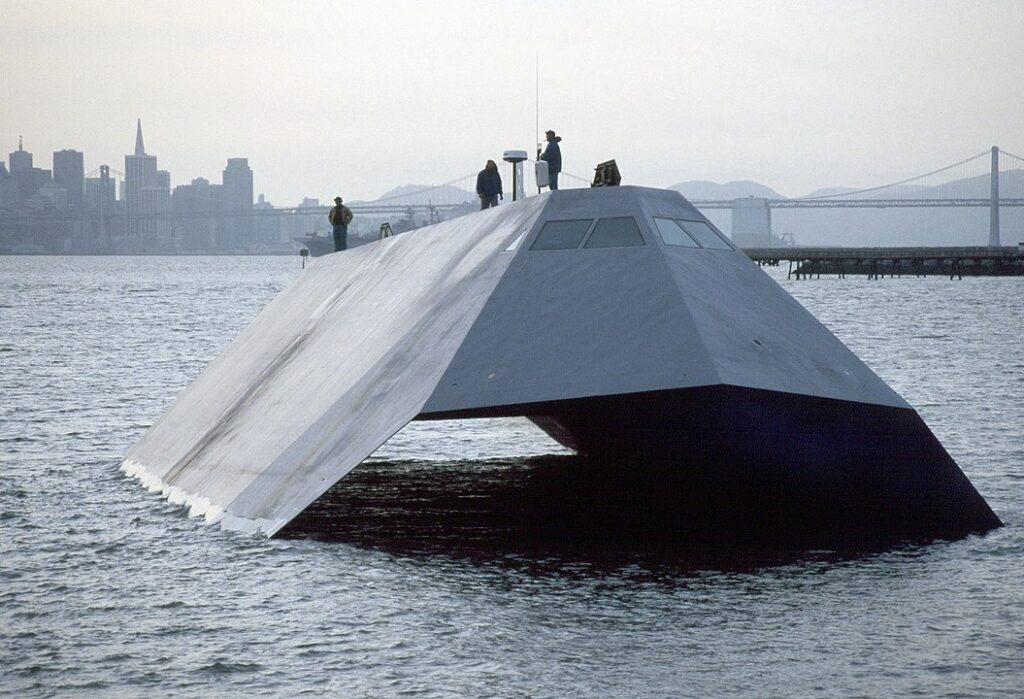
Developed by the U.S. Navy, the Sea Shadow was an experimental stealth ship designed to test new naval technologies. Despite its innovative design and successful trials, the project was abandoned due to budget constraints and a lack of strategic necessity. The high costs and limited practical application led to its discontinuation.
YF-12 Interceptor
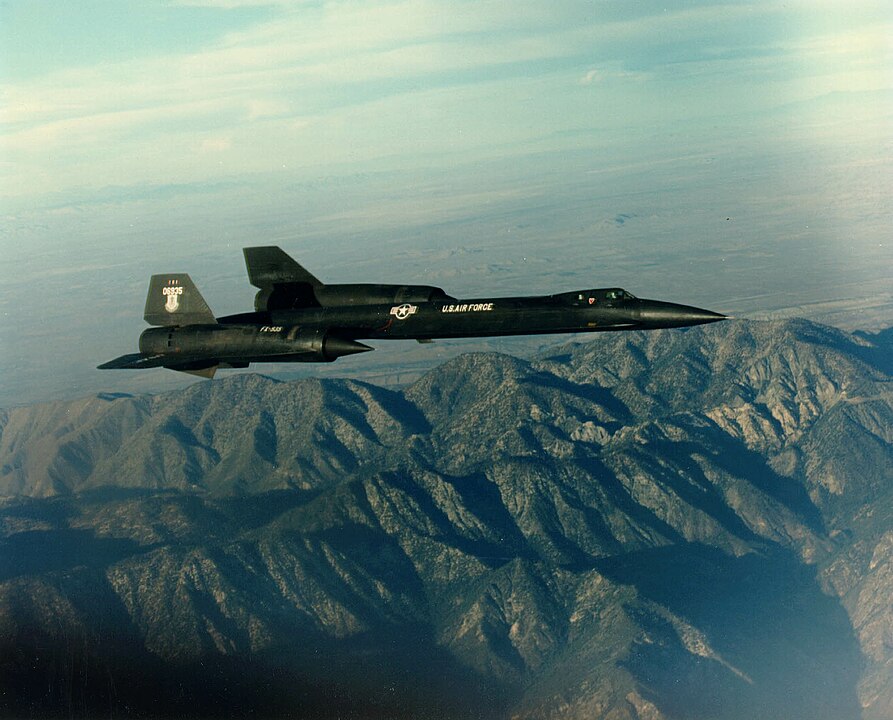
The YF-12 Interceptor, developed from the A-12 reconnaissance plane, was designed as a high-speed, high-altitude interceptor aircraft. Despite its advanced capabilities, the project was abandoned in favor of the more versatile and cost-effective F-15 Eagle. The YF-12’s high costs and strategic shifts contributed to its cancellation.
McDonnell Douglas A-12 Avenger II
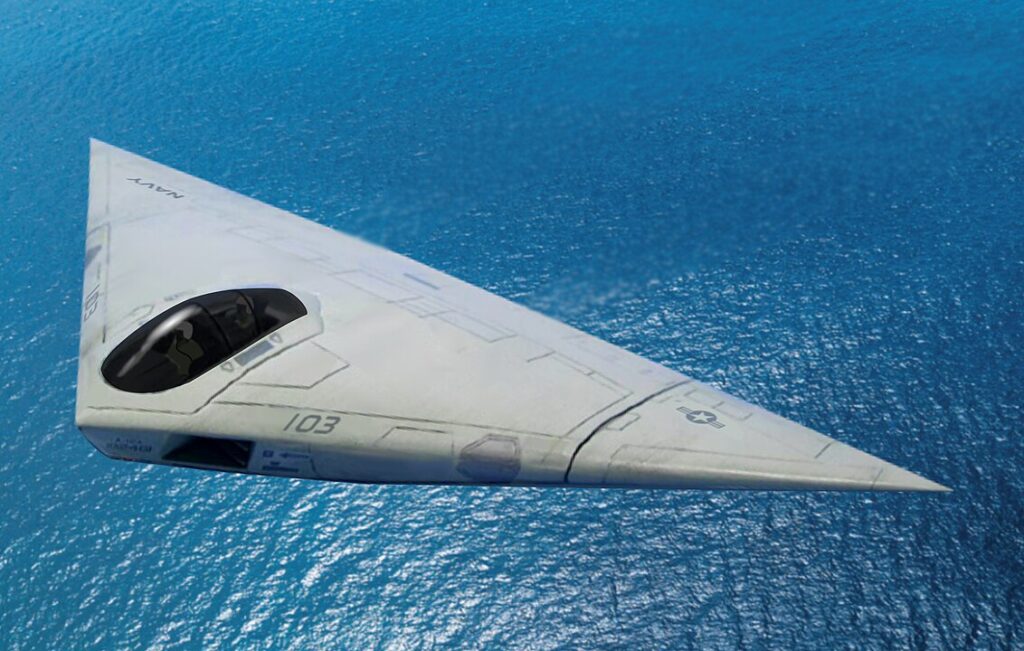
The A-12 Avenger II was a proposed stealth attack aircraft for the U.S. Navy. The project faced massive cost overruns and delays, ultimately leading to its cancellation. Despite significant investment, the technical challenges and budgetary constraints made the A-12 an impractical project.
Kremlin’s Object 279 Tank
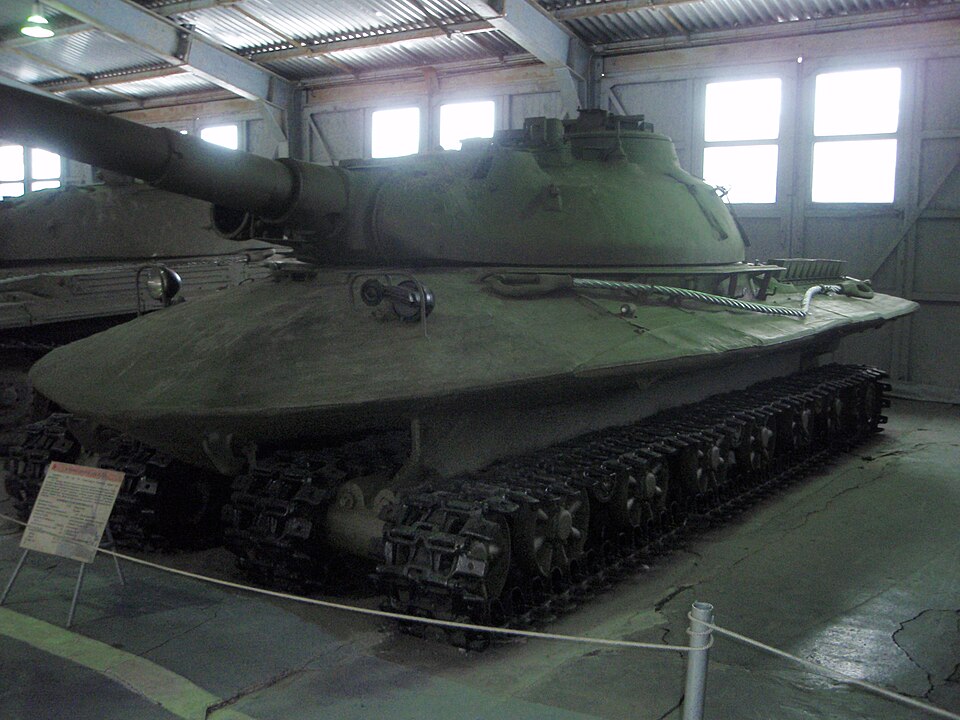
The Object 279 was a Soviet heavy tank designed to operate in nuclear war conditions. The tank’s complex design and heavy armor made it impractical, and the project was abandoned as the Soviet military shifted towards more mobile armored vehicles. The high costs and changing military strategies led to its discontinuation.
M247 Sergeant York
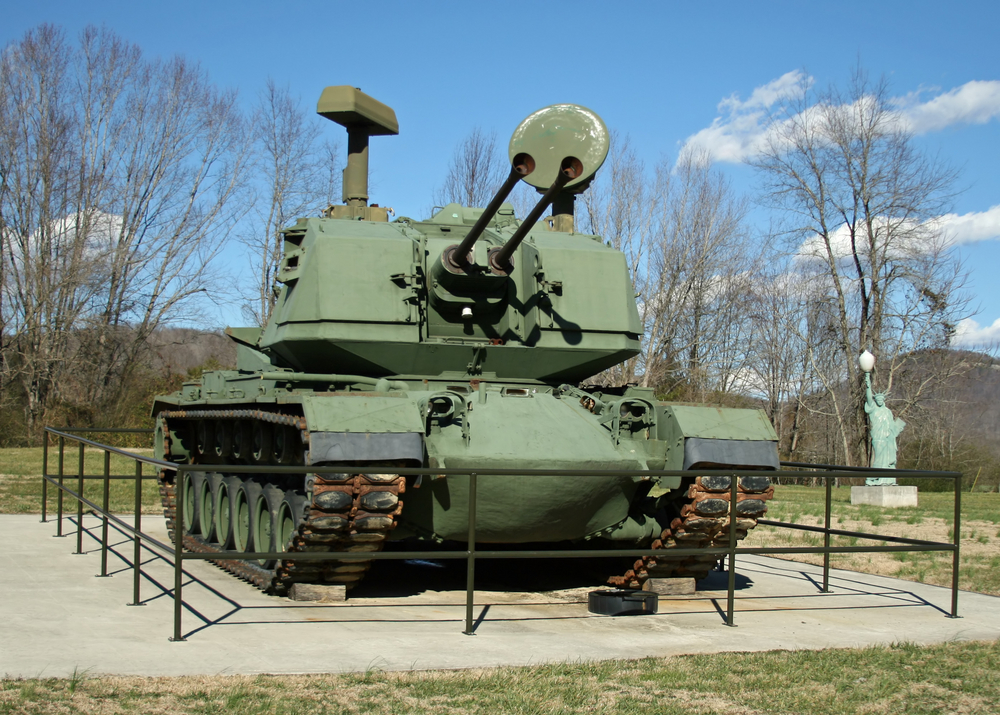
The M247 Sergeant York was a self-propelled anti-aircraft gun designed for the U.S. Army. Multiple performance failures during testing and high costs led to the project’s cancellation. The Sergeant York’s inability to meet operational requirements and budgetary constraints made it an impractical investment.
T-12 Cloudmaker
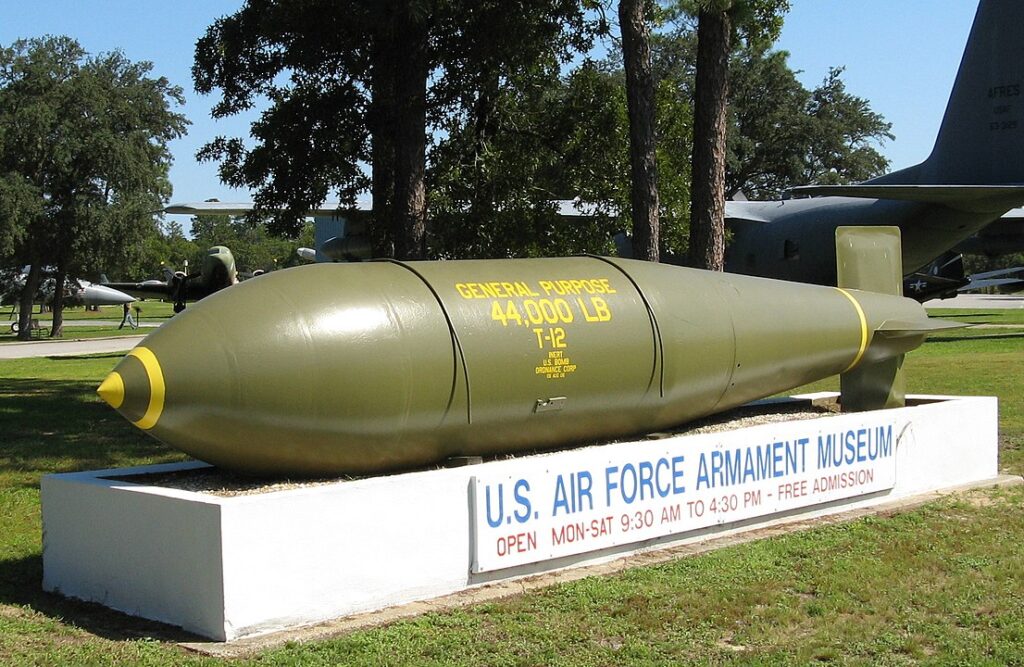
The T-12 Cloudmaker was a massive bomb developed by the U.S. during WWII, intended for use against hardened targets. Its immense size and impractical delivery requirements led to its abandonment. The high costs and logistical challenges made the T-12 an impractical weapon.
This article originally appeared in MyCarMakesNoise.
More from MyCarMakesNoise
8 Limited Edition Luxury Yachts Worth Investing In

Investing in a luxury yacht is a dream for many, but finding the perfect one can be challenging. Limited edition yachts offer a unique blend of exclusivity, advanced technology, and unparalleled craftsmanship, making them highly sought after. Read More.
17 Lesser-Known Performance Cars with Impressive Specs

Performance cars often capture the imagination with their speed, power, and sleek designs. While iconic models like the Porsche 911 and Ferrari F8 steal the spotlight, many lesser-known performance cars offer equally impressive specs. Read More.
17 Rare Concept Cars That Became Valuable Collectibles
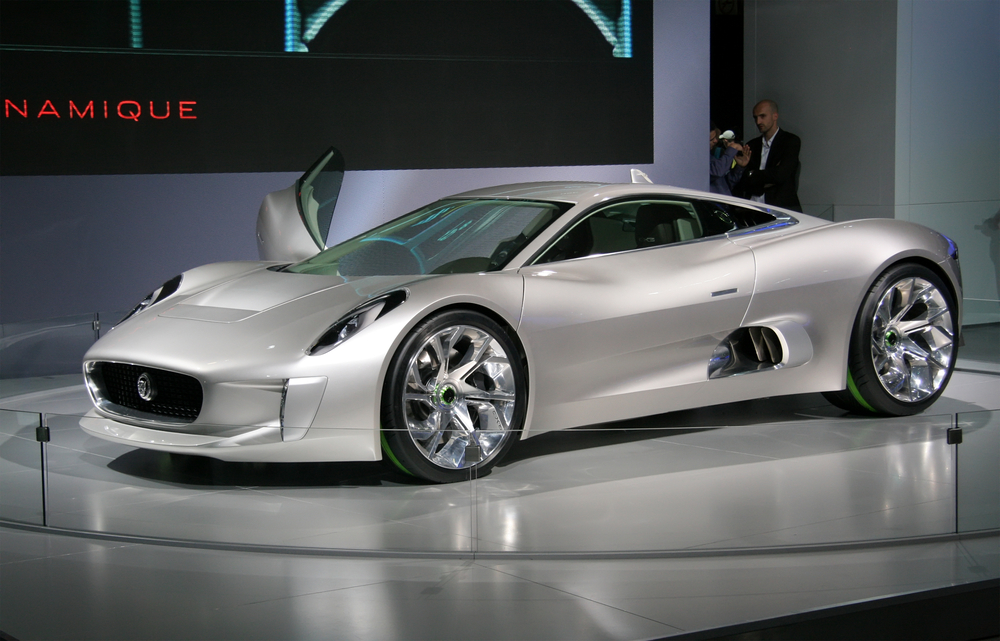
Concept cars have always fascinated car enthusiasts and collectors with their innovative designs and cutting-edge technology. Some of these rare prototypes never made it to production, yet they have become highly coveted collectibles over time. Read More.














